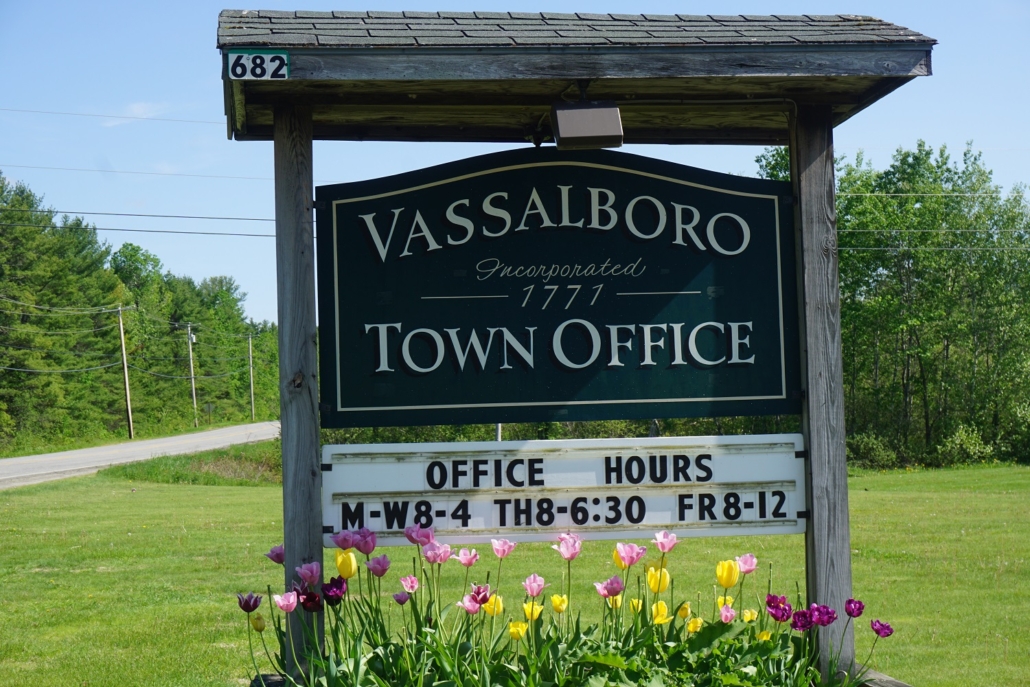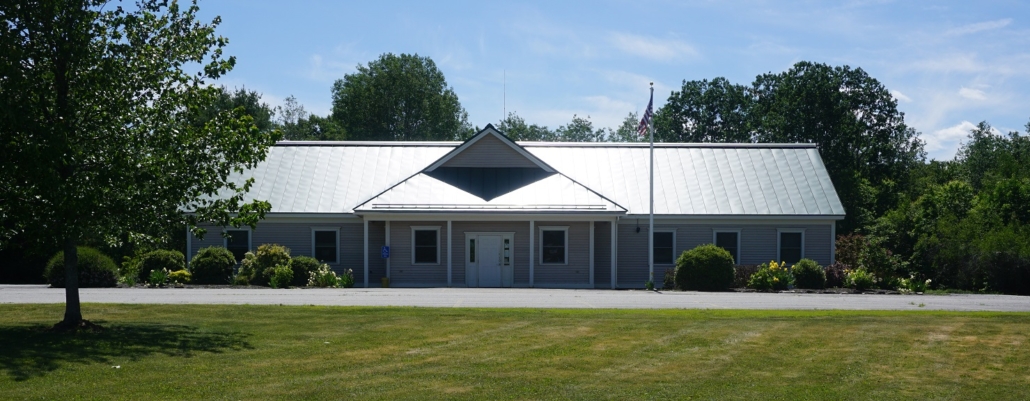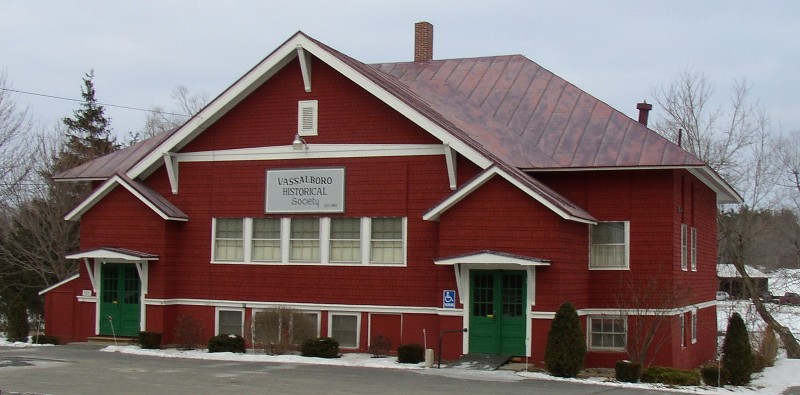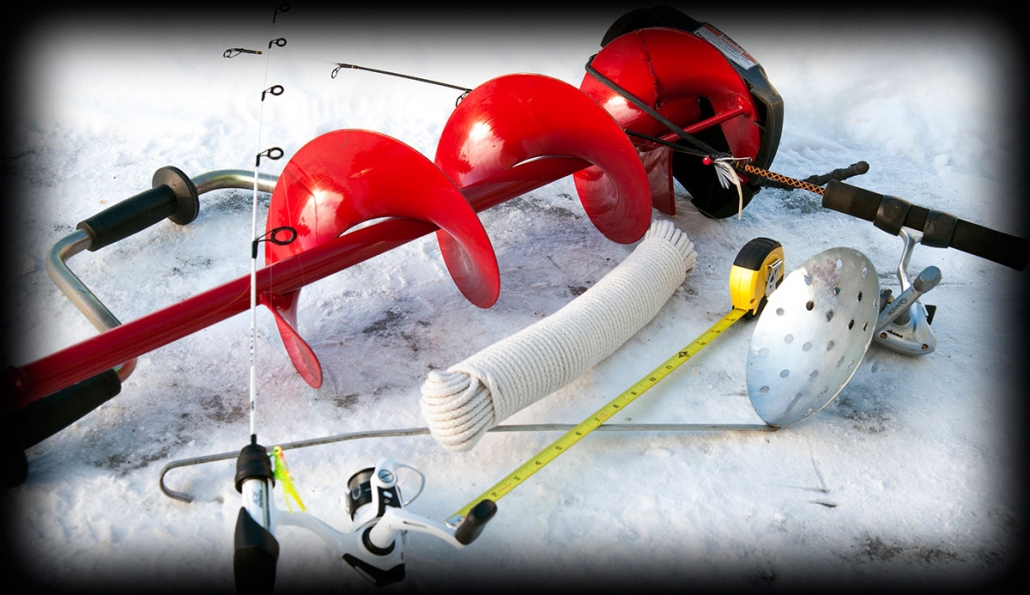Vassalboro selectmen discuss TIF spending for next year
 by Mary Grow
by Mary Grow
The major topic at the Vassalboro selectmen’s Feb. 11 meeting (rescheduled from the previous Thursday evening due to bad weather) was how to spend Tax Increment Financing (TIF) funds next year.
Vassalboro’s TIF document lists the Alewife Restoration Project (ARI) and the Vassalboro Sanitary District (VSD) connection to Winslow as two major economic development projects eligible for TIF dollars. Those dollars come from taxes paid on the gas pipeline that runs north-south through the town.
ARI asked for $43,000 for 2020-2021. Matt Streeter from ARI attended the public hearing that preceded the Feb. 11 meeting to describe their need for money to continue removing the dams on Outlet Stream that block alewife access into China Lake.
Several residents, mostly from North Vassalboro, expressed concern that dam work would use up all the money available for 2020-21. They want the VSD to get a share, especially to assist residents who will now have access to the public sewer to hook on.
After the hearing, selectmen decided they need more information from both parties before they approve 2020-21 TIF expenditures. Board Chairman Lauchlin Titus told Streeter they were for the moment neither denying nor approving ARI’s application.
In other business, Selectman John Melrose said he expected five solar companies to visit Vassalboro’s potential solar sites Feb. 12 and to submit notices of intent to bid on the project (see The Town Line, Jan. 30). The town office lot seems to be the preferred site, he said, and he asked the rest of the board if he should begin looking for cost estimates for clearing north and west of the building. Titus and Robert Browne said yes, he should.
Town Manager Mary Sabins recommended postponing purchase of a new water heater for the town office until the old one quits (see The Town Line, Jan. 16). Selectmen agreed.
They unanimously approved revising the price previously agreed for an easement for Central Maine Power Company near the Webber Pond boat landing, after Keltie Beaudoin from Avangrid, speaking for CMP, said a newly-discovered boundary agreement reduced the acreage involved.
The next Vassalboro selectmen’s meeting is scheduled for 6:30 p.m. Thursday, Feb. 20, at the town office. Agenda items include a discussion with Kennebec County Sheriff, Ken Mason, on patrol coverage in Vassalboro and preliminary discussion of engineering for two projects, a replacement culvert on Gray Road and a transfer station redesign.



 CHELSEA
CHELSEA

